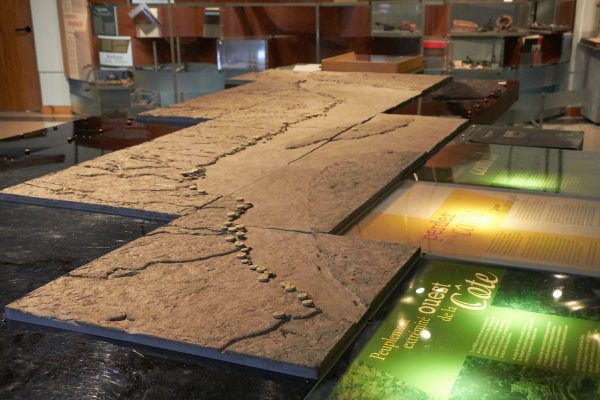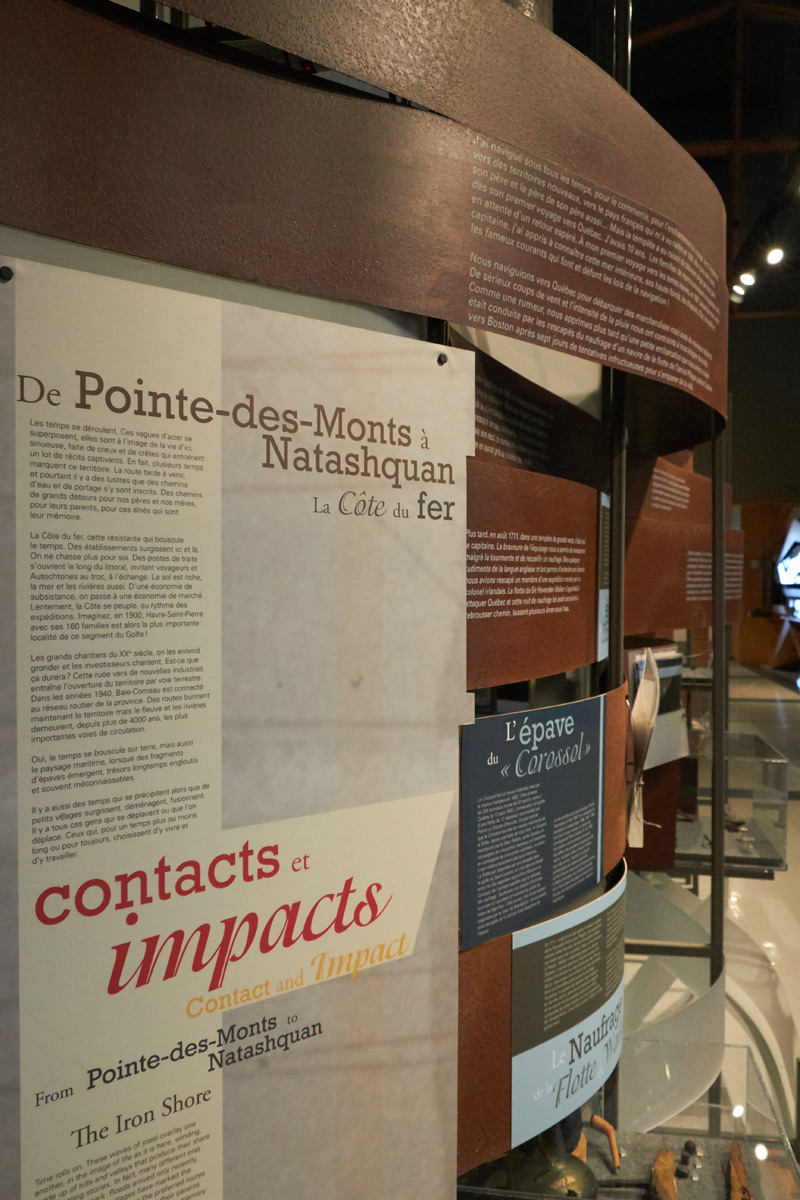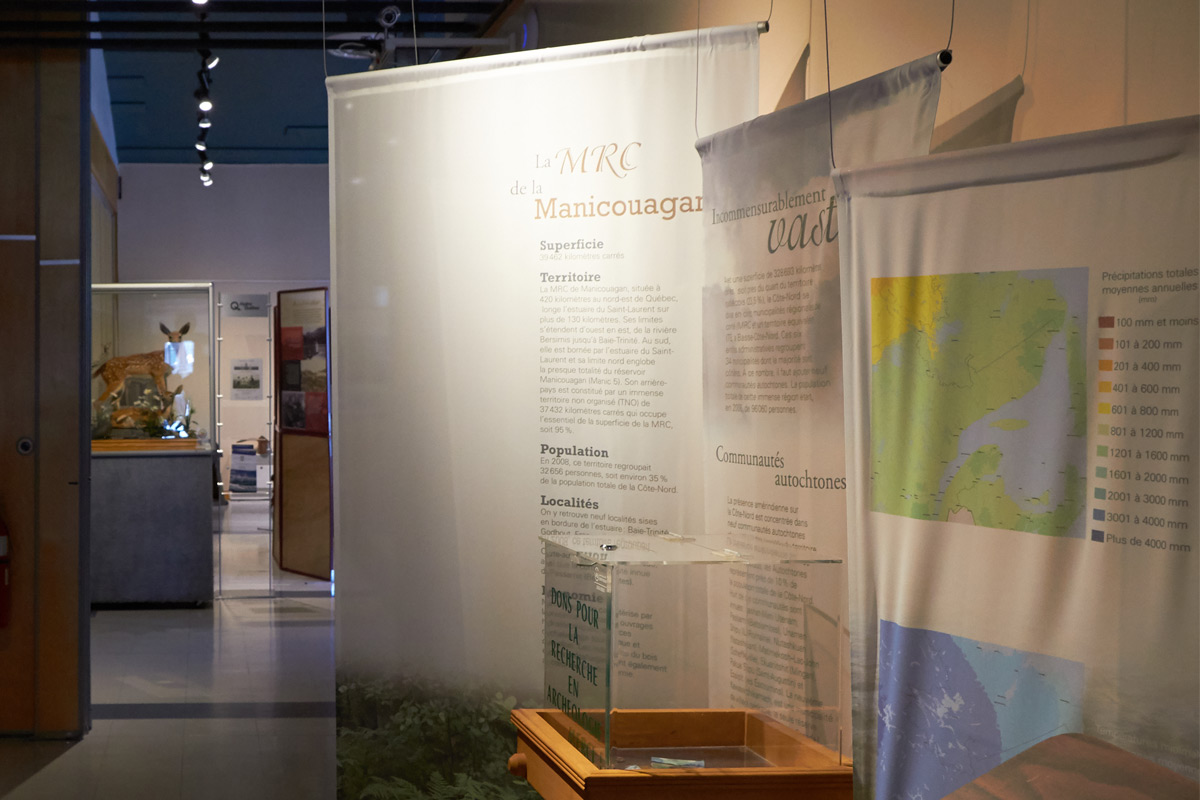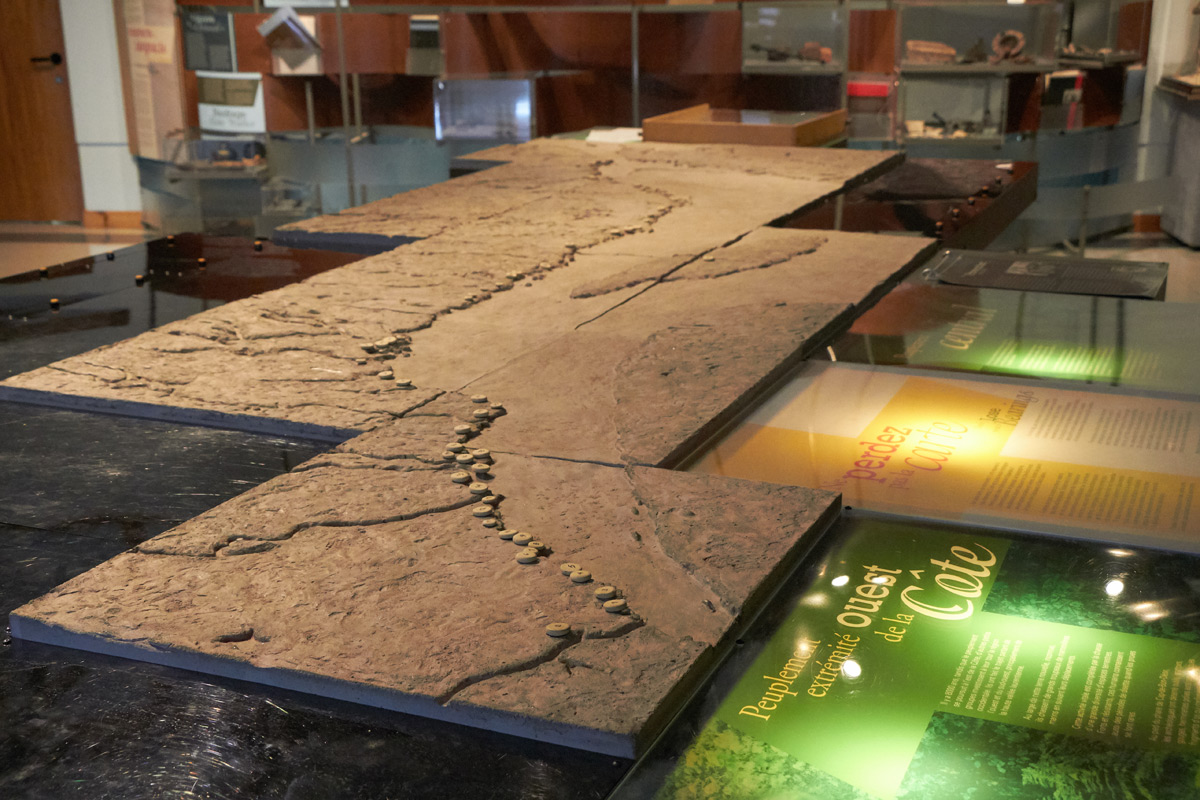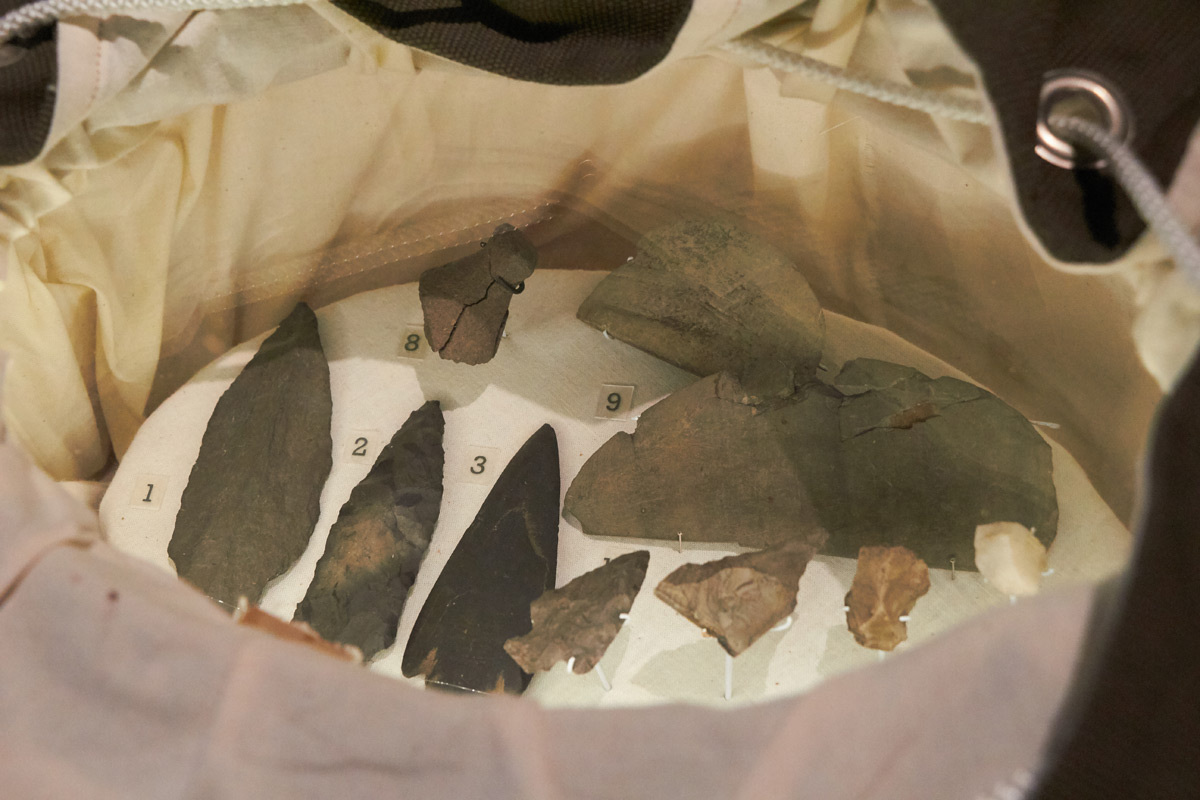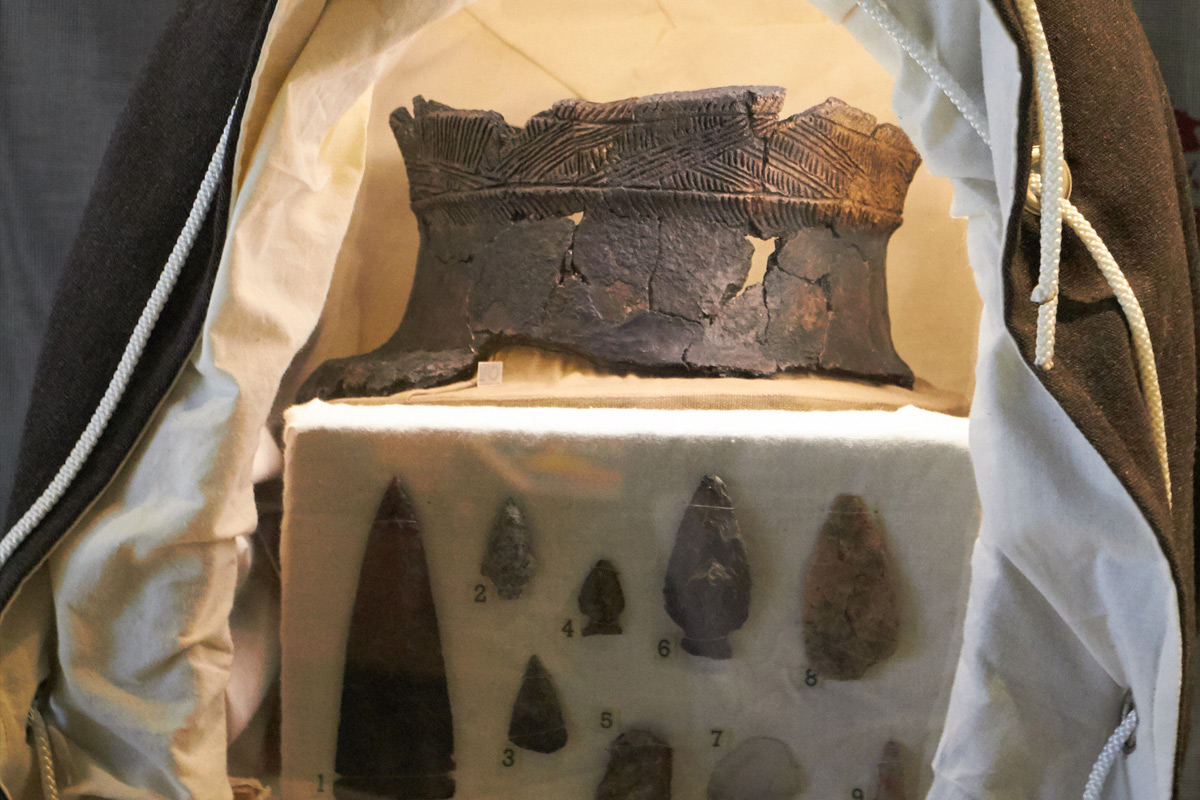The North Shore is one of the richest archaeological regions in Quebec, counting over 1300 listed sites. The permanent exhibition made in 2009 will make you time travel back through 8000 years of human occupation. Paleoeskimos, Inuits, Basques, English and French came to discover the land in different eras. Their traces revealed an often unknown history.
This visit starts with a media projection.
From Tadoussac to Pointe-des-Monts
The Wood Shore
Abundance and mobility
Way before the European arrival on the continent, Tadoussac’s sector was a natural meeting and sharing crossroad, as documented by archaeological research. The region holds a significant attraction, making the Indigenous people come over and over again: seal hunting.
The shores are flanked by the forest, nurturing and protecting where they can take refuge. The Indigenous knowledge of the land will be primordial to the European to adapt and survive as they settle.
LAVOIE SITE ( Upper-North Shore)
(Located in Bergeronnes, near Archeo Topo Center)
This site, next door to Archeo Topo Center, is one of Quebec’s most important prehistoric sites. It was a seal butchering site, 18 meters above sea level.
From Pointe-des-Monts to Natashquan
The Iron Shore
Contacts and impacts
As the Indigenous people knew so much of the land, the Europeans solicited their help, creating commercial and religious contacts and exposing a contrast in values. The archaeological researches testify to major changes in the territory’s occupation, namely the end of nomadism for Innus, industrial initiatives and new populations.
The North Shore is full of riches, fur, ore, and wood and the sea seems to be an internal source of resources in high demand in many European countries.
In 1905, Canadian and Norwegian entrepreneurs instituted the Quebec Steam Whaling Company, exploiting the blue whale and fin whale. The factory captured 86 whales in 1905, 72 in 1906 and 75 in 1908. The establishment was closed in 1914.
From Natashquan to Blanc Sablon
The Granit Shore
Here, there and everywhere
This place we call isolated, in those times when Evangelism, cod fishing and marine mammal hunting were typical businesses, attracted intense international activities. Archaeological research documented the trade of goods… and souls.
It is exceptional to notice from archaeological research that this place hosted meetings and trades from different occupations, all within the same territory. Indigenous people, paleoeskimos, Basques, Anglo-Norman, French, English, New-Foundlander, Inuits, and Innus all participate in 8000 years of occupation.
THE BASQUES:
Three sites on the North Shore remind us of the Basques’ presence as soon as the 16th century. Trois sites sur la Côte-Nord nous rappellent la présence basque dès le 16 ème siècle.
Midlle-Bay (Lower North Shore)
Île Nue (Mingan)
Anse-à-la-cave (Bergeronnes)
MUSQUARO
Of high importance for the Innus, Musquaro is the North Shore’s most important meeting place after Pessamit. The Euro-Quebeccens traded there from 1760 to 1925. Three chapels were eventually built.

